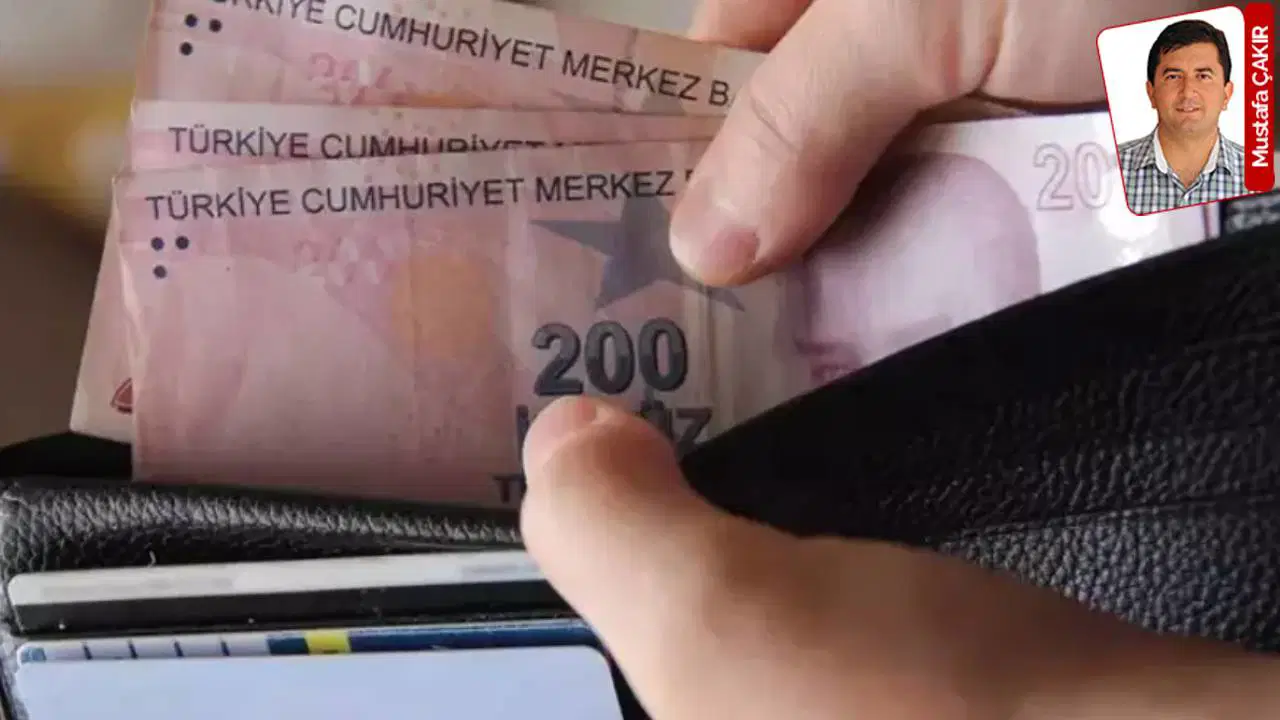Yesterday, the dollar/Turkish lira exchange rate hit a historic high, continuing a daily trend attributable to increasing domestic political risk and global developments. With the exchange rate taken to a fresh high the day before yesterday on the back of concerns over the presidency, yesterday’s sharp increase was triggered by President Tayyip Erdoğan’s call for low interest rates. With Erdoğan saying, “There is no other option apart from reducing interest rates” at about 12.27 yesterday, this sparked a rise in the dollar/Turkish lira exchange rate from 3.5045 to 3.60. As to the euro, this rose to 3.82 Turkish lira. On the free market, the dollar closed at 3.5220 and the euro at 3.75 Turkish lira. With the exchange rate registering new heights every day, alarm bells are ringing over the Central Bank’s foreign exchange reserves. Foreign exchange reserves, accumulated as a precaution against crises, do not cover Turkey’s short-term external indebtedness. Turkey is facing greater risk as it finances its current account deficit through short-term capital inflows and with its short-term external indebtedness in excess of reserves.
According to the most recent data announced on 25 November, the Central Bank’s gross foreign exchange reserves had fallen to under 100 billion dollars. The bank’s gross foreign exchange reserves stood at 101.277 billion dollars on 18 November. The reserves fell by 2.243 billion dollars in the space of one week to 99.034 billion dollars. Once again according to Central Bank data, Turkey’s short-term external debt stock was most recently stated to be 103.3 billion dollars in September. This means that reserves fall short of short-term external debt by 4.265 billion dollars. Of the short-term external debt stock, 50.6% is denominated in dollars, 29.2% in euro, 17.4% in Turkish lira and 2.8% in other currencies. The amount of debt that is due within one year or less stands at 164.7 billion dollars. So, the debt that is repayable within one year exceeds reserves by 65.665 billion dollars.
In excess of 74 billion
On the other hand, the bank’s gross foreign exchange reserves are stated to be 99.035 billion dollars. To obtain the net foreign exchange reserve, liabilities must be deducted. According to International Reserves and Foreign Exchange Liquidity data published on a monthly basis by the Central Bank, total liabilities, that is debt, amounted to 74.490 billion dollars in October. Banks deposit required reserves for foreign exchange liabilities in foreign exchange at the Central Bank. Banks also deposit a portion of required reserves for Turkish lira liabilities in foreign exchange at the Central Bank. With the required reserves deposited at the Central Bank appearing under foreign exchange assets on the assets side of bank balance sheets, these form part of banks’ foreign exchange reserves. According to the September figures, the Central Bank’s official reserves stood at 118.387 billion dollars. When gold reserves, the IMF reserve position and SDRs are deducted from this, tradable foreign exchange assets amount to 99.5 billion dollars. These reserves also include the Central Bank’s liabilities, that is its foreign exchange debts. The first category of these debts, foreign-exchange liabilities that fall due within one year or less, consisting of foreign-exchange loans, securities and Foreign Exchange Deposit with Credit Letter Accounts, amount to 11.398 billion dollars. As to conditional foreign-exchange liabilities consisting of external debt underwritten by the Treasury payable within one year, Foreign Exchange Deposit with Credit Letter Accounts with more than one year left to maturity and required reserves, these clock up at 63.092 billion dollars.
Does not cover imports
When these debts are deducted from the Central Bank’s foreign exchange assets, 25.01 billion dollars are left. This means that net reserves are less than one-quarter of the Central Bank’s gross reserves and of short-term external debt. This is the amount of foreign-exchange available to the Central Bank for sale at any time. The latest foreign trade figures show that imports in October were 17 billion dollars. That is, net reserves only cover six week’s imports. In foreign trade, most income is attributable to exports and tourism. With increases being recorded under imports and income falling, the Central Bank is forced to use up reserves. This situation may cause a financing problem going forward.
Reserves are melting and the exchange rate is on fire (05.12.2016)
With the dollar once more hitting new highs at 3.60, the Central Bank’s foreign exchange reserves have melted away. Reserves cover neither short-term external debt not imports. Capital flight will deal a blow to the economy.
5.12.2016 14:20:00
Güncellenme:















